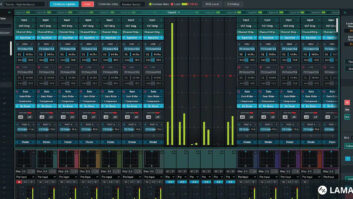The Coalition for Content Provenance and Authenticity (C2PA), an organisation that counts the BBC, Adobe, Microsoft and Intel among its members, has compiled a draft of an open standard that will allow publishers, creators and consumers to trace the origin and evolution of a piece of media, including images, videos, audio and documents.
The C2PA has developed a standard for digital provenance that provides platforms with a method to define descriptive metadata, what information is associated with each type of asset, how that information is presented and stored, and how evidence of tampering can be identified.
The draft is now available for review and feedback, and C2PA working groups will finalise the 1.0 version of the technical standards as well as pursue adoption, prototyping and communication through coalition members and other external stakeholders.
“The power of C2PA’s open standard will rely on its broad adoption by producers and custodians of content, which makes this review phase so critical to the development and finalisation of the specifications,” said Andrew Jenks, C2PA chair.
“C2PA was established to accelerate progress toward the broad adoption of content provenance standards that will enable a future of verifiable integrity in media,” added Jenks. “The release of this draft is an exciting and important milestone, representing a diverse and collaborative effort across industries to protect people from fabricated and manipulated media and drive transparency in the origin and history of content.”
The specifications are available for review here.






